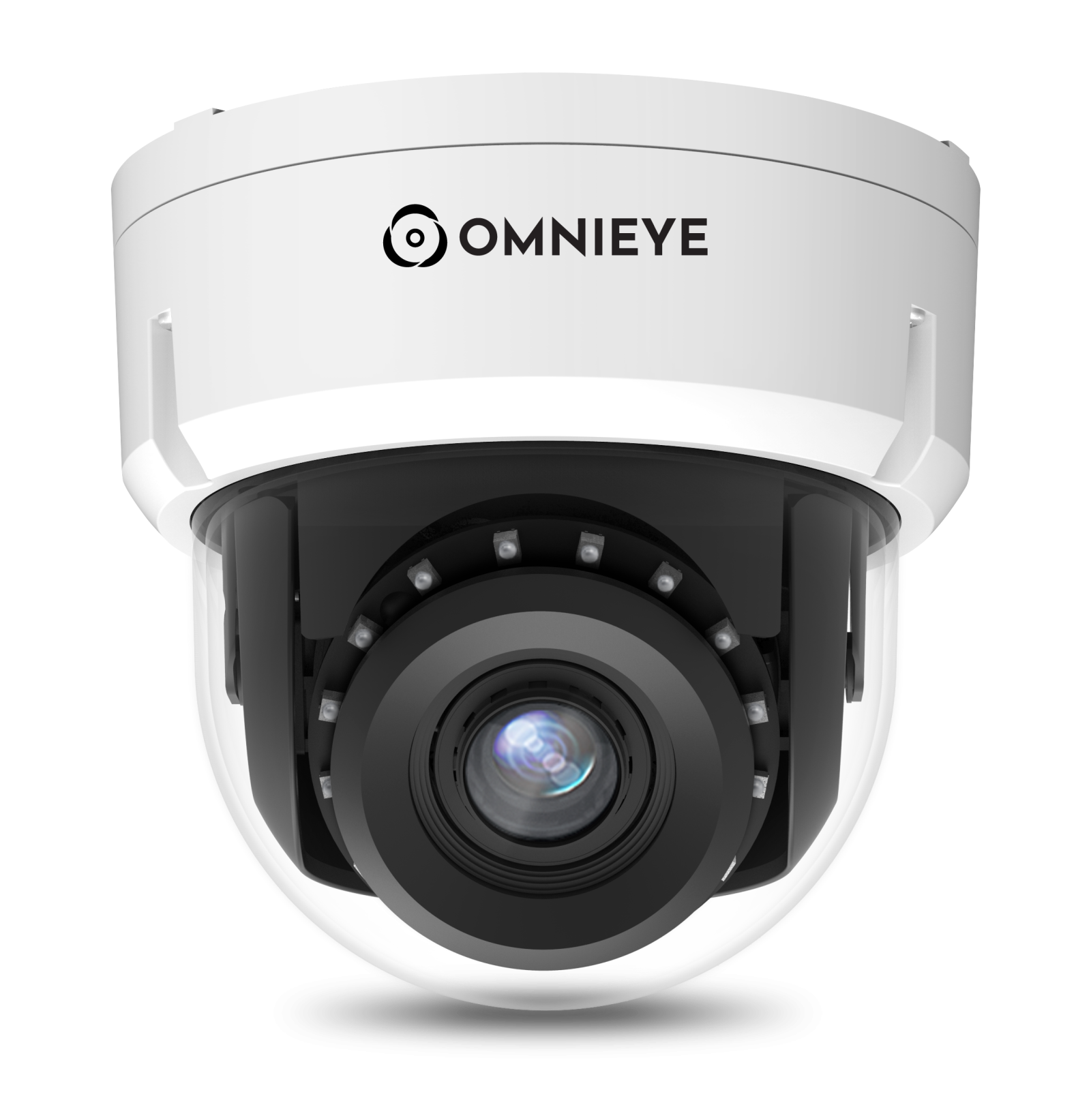2025.06.20
When building a surveillance system, “compatibility” is a key factor that can’t be overlooked.
As IP cameras continue to replace traditional analog devices, users and system integrators often face the challenge of seamlessly integrating equipment from different brands and models.
This is where the ONVIF comes in providing a standardized solution to ensure smooth interoperability across diverse surveillance hardware.
 |
|
What is the ONVIF Protocol? ONVIF, or Open Network Video Interface Forum, is a nonprofit organization founded by multiple international security manufacturers. Its goal is to create an open standard communication protocol that allows surveillance devices from different brands to connect and exchange information, enhancing system compatibility and flexibility. In simple terms, as long as your IP cameras, Network Video Recorders (NVRs), video encoders, or VMS software support ONVIF, you can build and upgrade your entire surveillance system without being restricted by brand. Core Functions of ONVIFONVIF is based on Web Services and XML architecture and provides these key features:
Differences Between ONVIF Profiles S, G, and TTo help users understand which features their devices support, ONVIF defines various Profiles — sets of features tailored to different applications. Think of these Profiles as a “universal language.” When cameras and recorders "speak" the same Profile, even if from different brands, they communicate and integrate smoothly. Common Profiles include:
There are also advanced Profiles (A, C, M, D) covering access control, audio, IoT integration, and more. Tip: When buying cameras, NVRs, or VMS systems, always check which Profiles they support to avoid compatibility issues.
Advantages and Limitations of ONVIFAdvantages:
Limitations:
ONVIF vs. RTSP ProtocolUnlike RTSP, which mainly handles video streaming, ONVIF offers complete device control and management. Compared to other standards like PSIA, ONVIF is more widely adopted and supported, becoming the industry’s leading protocol. It covers device discovery, live monitoring, recording control, event notifications, and device management.
Application Scenarios
ONVIF Inside, Always CompatileONVIF ensures compatibility, easy expansion, and cross-brand integration. When selecting cameras, NVR or VMS, make sure they support ONVIF and the right profiles. So your system stays flexible, future-ready and free from vendor lock-in. |
Spark Omnieye cameras support Profiles S, G and T for maximum compatibility.
Get in touch via [Online Form]
 |
 |
 |
||
|
Advanced PM PTZ Speed Dome Camera |
Advanced DM Motorized Zoom Dome Camera |
Advanced DM Motorized Zoom Bullet Camera |
When building a surveillance system, “compatibility” is a key factor that can’t be overlooked.
As IP cameras continue to replace traditional analog devices, users and system integrators often face the challenge of seamlessly integrating equipment from different brands and models.
This is where the ONVIF comes in providing a standardized solution to ensure smooth interoperability across diverse surveillance hardware.
 |
Spark Omnieye cameras support Profiles S, G and T for maximum compatibility. Get in touch via [Online Form]
|


